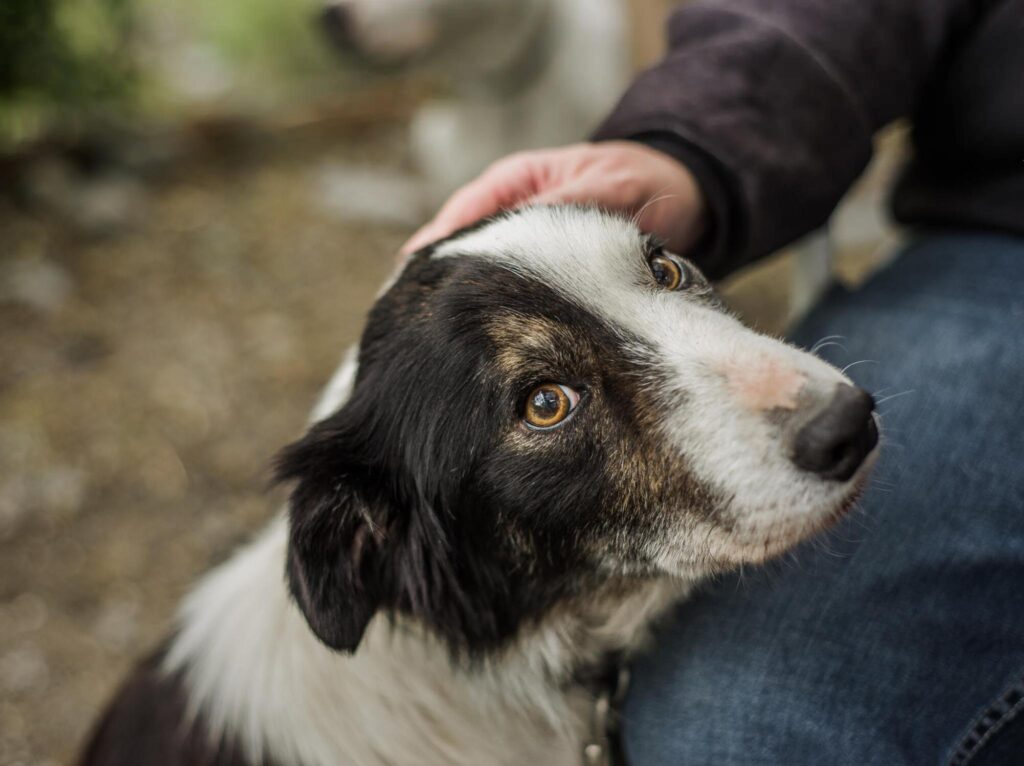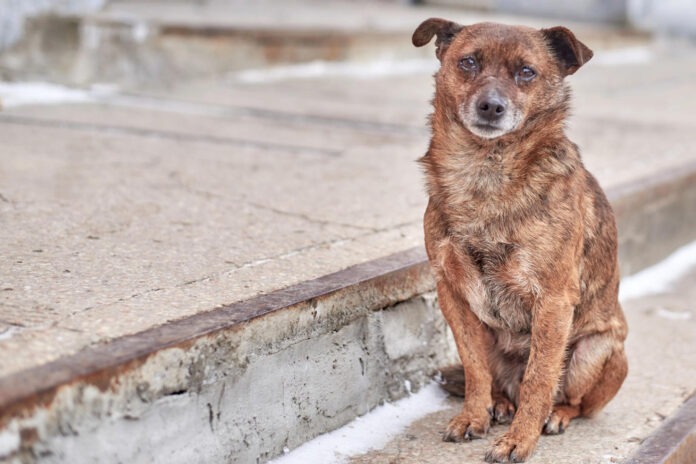India’s Overlooked Crisis: The Urgent Need for Animal Welfare Reform
Despite its rich tradition of reverence for animals, India is wrestling with a silent epidemic of animal neglect, cruelty, and inadequate safeguards. While the inauguration of new facilities like the Tata Trust Veterinary Hospital in Mumbai shines a hopeful light, the scale of the crisis demands a deeper examination and systemic overhaul.
The Staggering Scale of Suffering
India’s streets teem with an estimated 30 million stray dogs and 5 million stray cattle, enduring harsh conditions, hunger, and disease. Over 17,000 cases of animal cruelty were reported in 2021, a horrifying testament to the widespread abuse within the nation. Shelters operate well beyond capacity, their limited resources overwhelmed by the staggering number of animals in need. Studies indicate that over 70% of shelter animals suffer from malnutrition and preventable illnesses.
Access to affordable veterinary care presents a massive hurdle for both pet owners and those aiding strays. With roughly one veterinarian for every 7,000 animals, obtaining professional treatment is a privilege rather than the norm. Exacerbating this dearth of veterinarians is the limited number of educational institutions – barely 20 veterinary colleges exist nationwide, with a total intake of approximately 1,200 students per year. The consequence is a critical shortage of skilled professionals and a gap in essential services.

Systemic Failures and Economic Strain
The lack of coordinated animal birth control programs further fuels the crisis. Less than 15% of stray dogs are sterilized, resulting in an uncontrolled increase in stray populations, which strains limited resources and intensifies competition on the streets. While pet ownership is slowly rising, the associated costs have seen a sharp spike over the past decade. Pet parents struggle with skyrocketing prices for veterinary services (rising over 200% in metro cities) and minimal penetration of pet insurance (hovering around 1-2%). These financial barriers jeopardize animals’ well-being.
This grim reality creates a vicious cycle – as pet care becomes less accessible, owners may have little choice but to abandon animals, adding to the existing stray populations. Compounding these issues is an abysmal animal cruelty conviction rate of less than 1%. India’s position at 5th globally on the 2020 World Animal Protection Index speaks volumes about the inadequate enforcement of animal welfare laws.
Impact on Communities and Animal Lovers
This multi-faceted crisis weighs heavily on the well-meaning animal lovers who dedicate themselves to helping. With minimal systemic support, the emotional and financial burden often rests primarily on NGOs and individual activists. Unsustainable and underfunded, they frequently encounter situations beyond their scope. Meanwhile, the general public lacks the knowledge or resources to intervene effectively. This leads to widespread desensitization to suffering and perpetuates a cycle of neglect.

The Imperative for Change
To reshape animal welfare in India, a collaborative and multifaceted approach is critical. Key strategies include:
- Accessible and Affordable Veterinary Care: Subsidized or low-cost vet clinics, mobile units, and an increase in trained professionals are urgently needed. Promoting accessible pet insurance can lessen the economic hardship of pet ownership.
- Responsible Pet Ownership: Campaigns addressing responsible ownership, alongside affordable care, will reduce abandonment and promote proper treatment.
- Education As Catalyst: Integrating humane education and vocational training in animal welfare can foster a compassionate young workforce equipped to serve animals.
- Strengthening Enforcement: Empowering law enforcement agencies to prosecute animal cruelty and increasing conviction rates will serve as vital deterrents.
- Humane Population Control: Investing in nationwide sterilization programs alongside community initiatives holds the key to reducing stray populations and the related strain on resources.
- Building a Self-Reliant Industry: Promoting indigenous development of veterinary medicine, diagnostics, and pet nutrition will boost internal infrastructure and lessen reliance on imports.
Collaborative Responsibility
Solving this crisis calls for the united support of government, NGOs, businesses, philanthropists, and communities. Philanthropic efforts like the Tata Trust Hospital set a powerful example, yet widespread systemic change necessitates broad participation. India’s youth have a pivotal role to play, driving awareness and action.
Feedback:
W: www.petbizindia.com


















